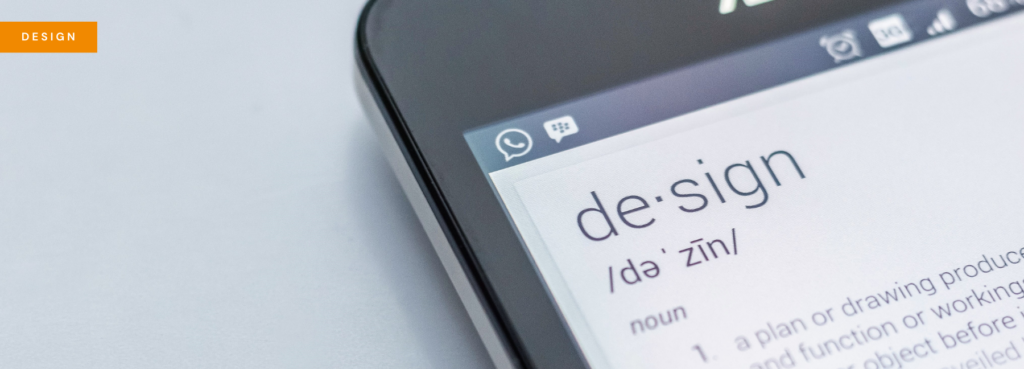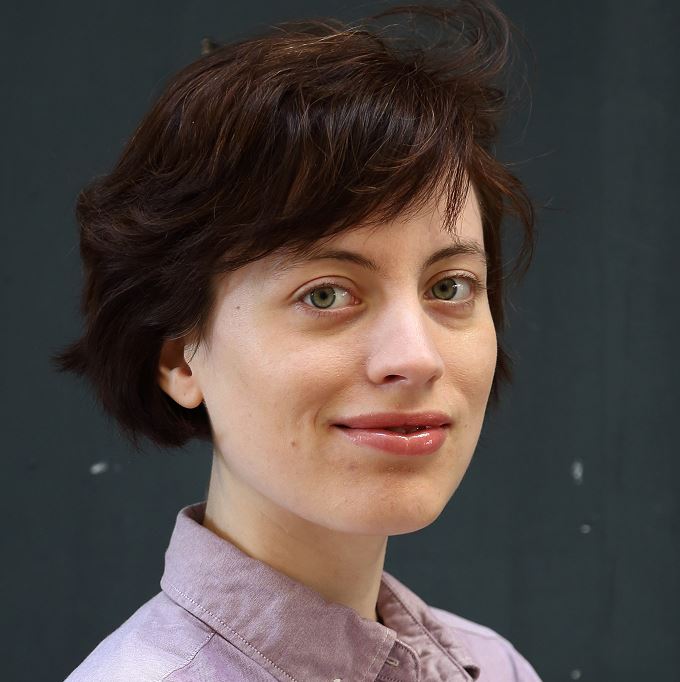How to get the most out of commissioned images

Rosamund Saunders is a lifelong book designer. London-based, she began her publishing career with HarperCollins and moved on to work freelance, specialising in illustrated non-fiction books. She has designed food, crafts and lifestyle books for the co-editions market and art-directed photography for cookery, health and fitness titles. Find out more at https://rosamundsaunders.co.uk.
As a freelance book designer I am frequently sent photos or illustrations that have been commissioned ahead of the design; this results in compromises in format, or design style, being made at layout stage.
Images are often supplied landscape for portrait formats and vice versa, resulting in drastic cropping along the lines of this photo:

Or the wrong choice of artist is made. Publishers are often tempted to use the same artist out of familiarity; this can cause illustrations to look clunky. You wouldn’t ask an animal photographer to shoot recipes – it’s the same with illustrators, everyone has their strengths and there’s nothing better than commissioning a ‘new’ artist and a fresh approach.
Great book design is down to pre-planning and good briefing. Here are some tips:
- Before commissioning artwork or photography, work with the designer to finalise the page design, using ‘holding’ images. Consult them on recommendations for illustrators/photographers as the right artist can make all the difference to the feel of the book.
- The designer will supply a brief for the images, comprising a selection of layouts showing how images will be used and their measurements. As well as full page or double-page spread, book formats may use a variety of sizes that break down to half-page, third-page etc.
- If type wraps around an image, an illustrator will appreciate a rough layout as a guide and photographers often use a designer’s layout as a camera back for extra accuracy. Equally a double-page spread visual can show the artist where to avoid loss of image at the gutter. The final result is far cleaner than post-shoot retouching.
- Ask the designer to attend the shoot; they know about consistency of lighting and will keep an eye on layout and props.
Get it right at the beginning and there’s no need for expensive Photoshop reworking, drastic cropping, overly small illustrations or redraw requests. In addition to pleasing the author, good design and original visuals can persuade a casual browser to buy.





